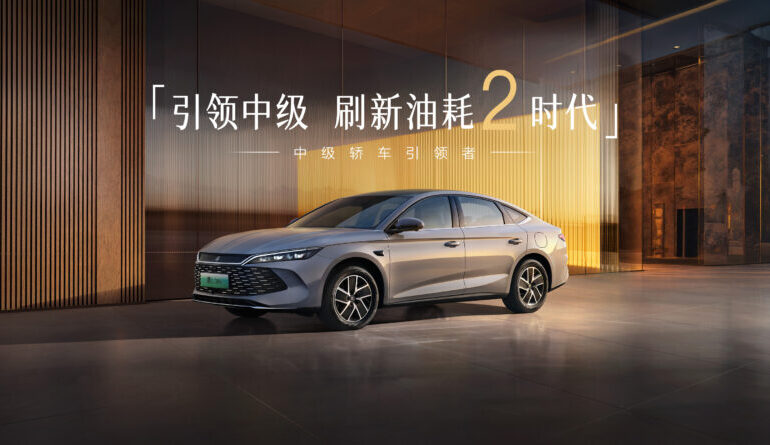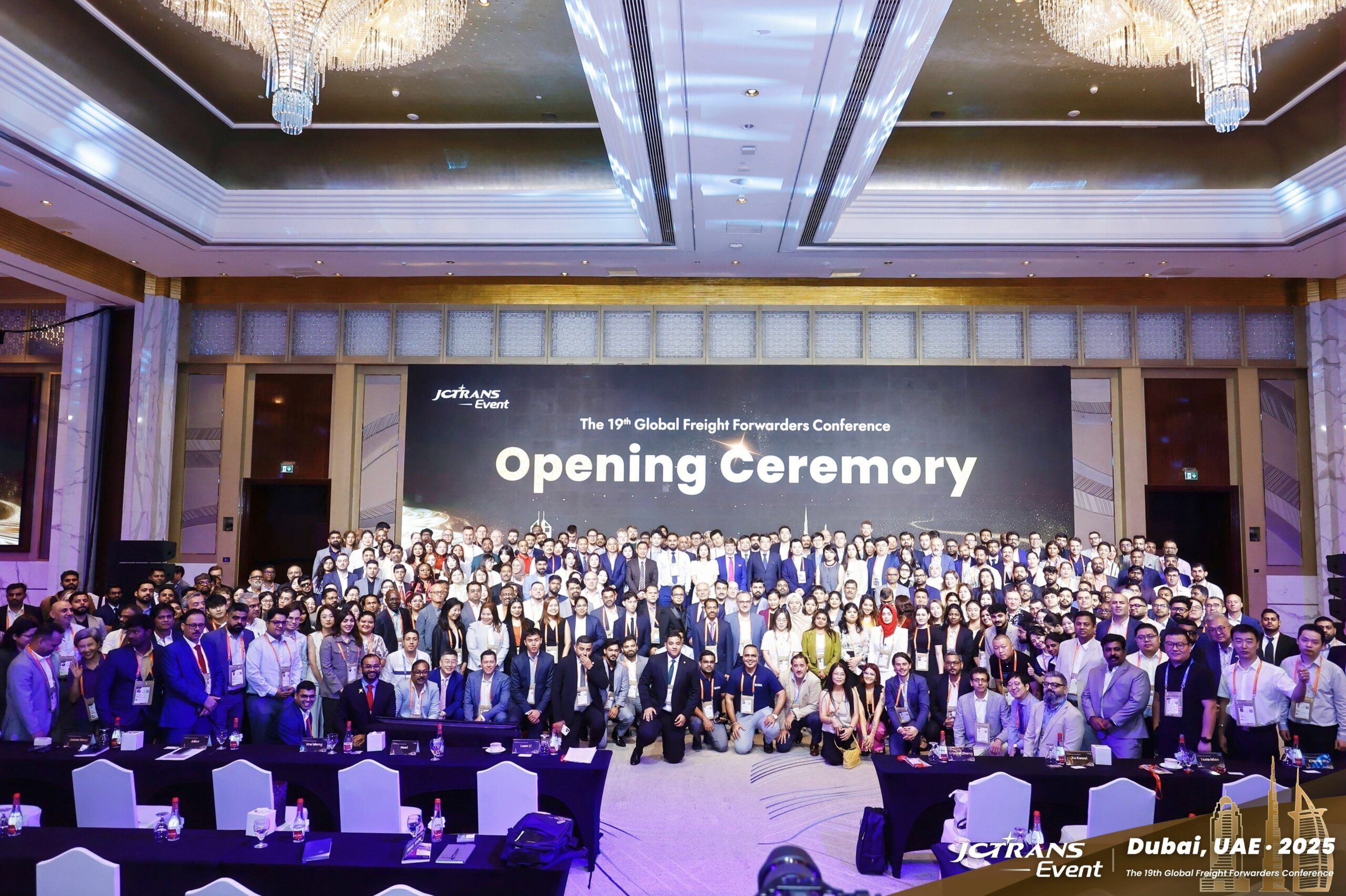China Shifts Focus in Latest 5-Year Plan, Omits NEV Support

China has announced its latest five-year plan, notably omitting direct mentions of support for new energy vehicles (NEVs), which include battery electric, plug-in hybrid, and fuel cell cars. This strategic shift raises questions about the future of financial backing for the nation’s rapidly growing electric vehicle (EV) sector, which recently achieved record sales.
In September 2025, sales of NEVs in China reached an impressive 1.6 million units, capturing a market share of 49.7 percent. Battery electric vehicles alone accounted for over 1 million units sold for the first time. Industry analysts interpret the omission of NEVs in the five-year plan as a sign that the Chinese government believes the sector has matured enough to thrive without ongoing subsidies.
Dan Wang, the China director at consultancy Eurasia Group, explained, “It’s an official acknowledgment that electric vehicles no longer need prioritized policies. Electric vehicle subsidies will fade.” He noted that China has established itself as a leader in EV technology and battery production, making continued governmental support less critical.
Strategic Reallocation of Resources
The five-year plan, published by the Xinhua News Agency on October 28, 2025, places emphasis on emerging technologies such as quantum technology, bio-manufacturing, hydrogen energy, and nuclear fusion. This pivot reflects a broader strategy to enhance China’s capabilities in critical technology sectors amidst global trade and security tensions, rather than a decline in the importance of the NEV sector.
Previously, NEVs were included as strategic industries in the last three five-year plans, which unlocked billions in subsidies for both manufacturers and consumers. These incentives significantly contributed to the success of companies such as BYD and CATL. Yet, the shift suggests China is now confident in the automotive industry’s ability to sustain itself in a competitive market.
Experts like Tu Xinquan, dean of the China Institute for WTO Studies, argue that the decision to exclude NEVs indicates a desire to avoid overcapacity issues. Around 93 of China’s 169 car manufacturers hold market shares below 0.1 percent, underscoring a need for consolidation in the industry.
Global Implications and Future Directions
Despite the reduction in subsidies, the NEV sector remains crucial to China’s export economy and its industrial chain. According to a policy adviser, “Just look at our exports, the source of profits for the entire auto sector, the boost to the industrial chain, and our global leadership. NEVs are undoubtedly important.”
In a notable development, S&P Global reported plans for national and local governments in China to invest $2 trillion in upgrading key technology industries. Some of this funding will focus on developing solid-state batteries and autonomous driving technologies. Policymakers are now encouraging EV manufacturers to concentrate on innovation and the production of higher-quality vehicles.
Chinese automakers are also increasingly looking abroad for opportunities. In 2024, they invested more in foreign markets than domestically, with companies like BYD and Geely planning factories in various regions, including Europe, Asia, and Africa. This strategy aims to ease concerns from foreign governments regarding heavily subsidized exports from China.
The automotive landscape in Europe is shifting as well, with BYD experiencing nearly a 400 percent increase in sales across the continent, particularly in the UK, where sales surged by 880 percent. The changing dynamics are influenced by various factors, including increasing skepticism toward companies like Tesla, whose sales in the EU fell by 18 percent in September 2025.
Ultimately, the latest five-year plan reflects China’s long-term vision for innovation and self-sufficiency in critical technologies. This approach emphasizes the importance of comprehensive planning as essential for economic success. As China continues to set ambitious goals, its strategy serves as a reminder of the potential benefits of long-term, coherent industrial policies.






